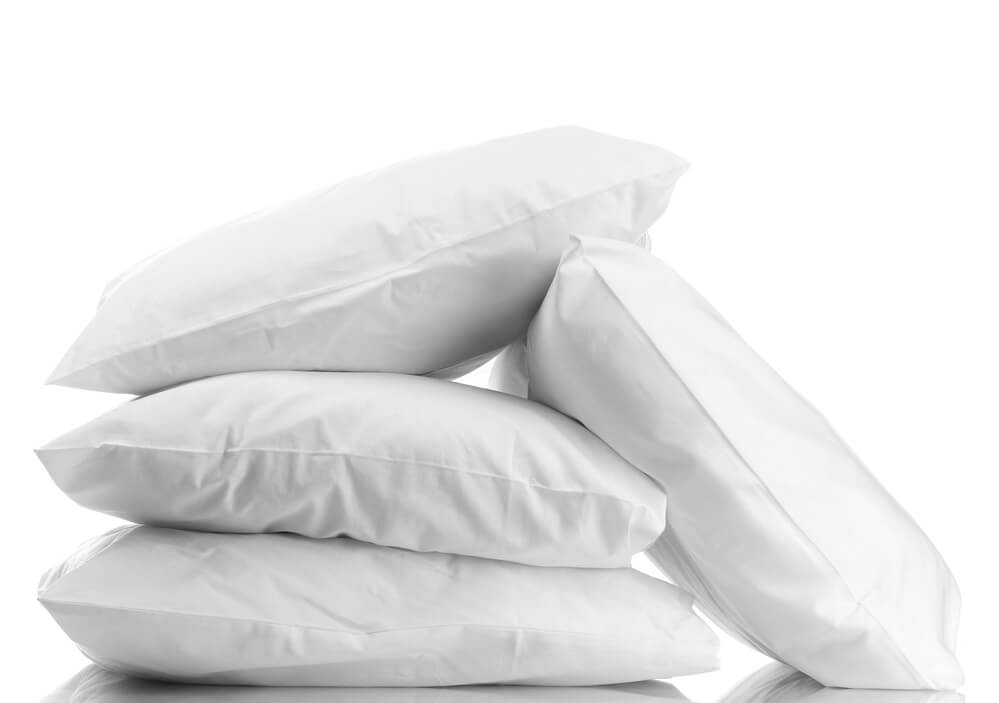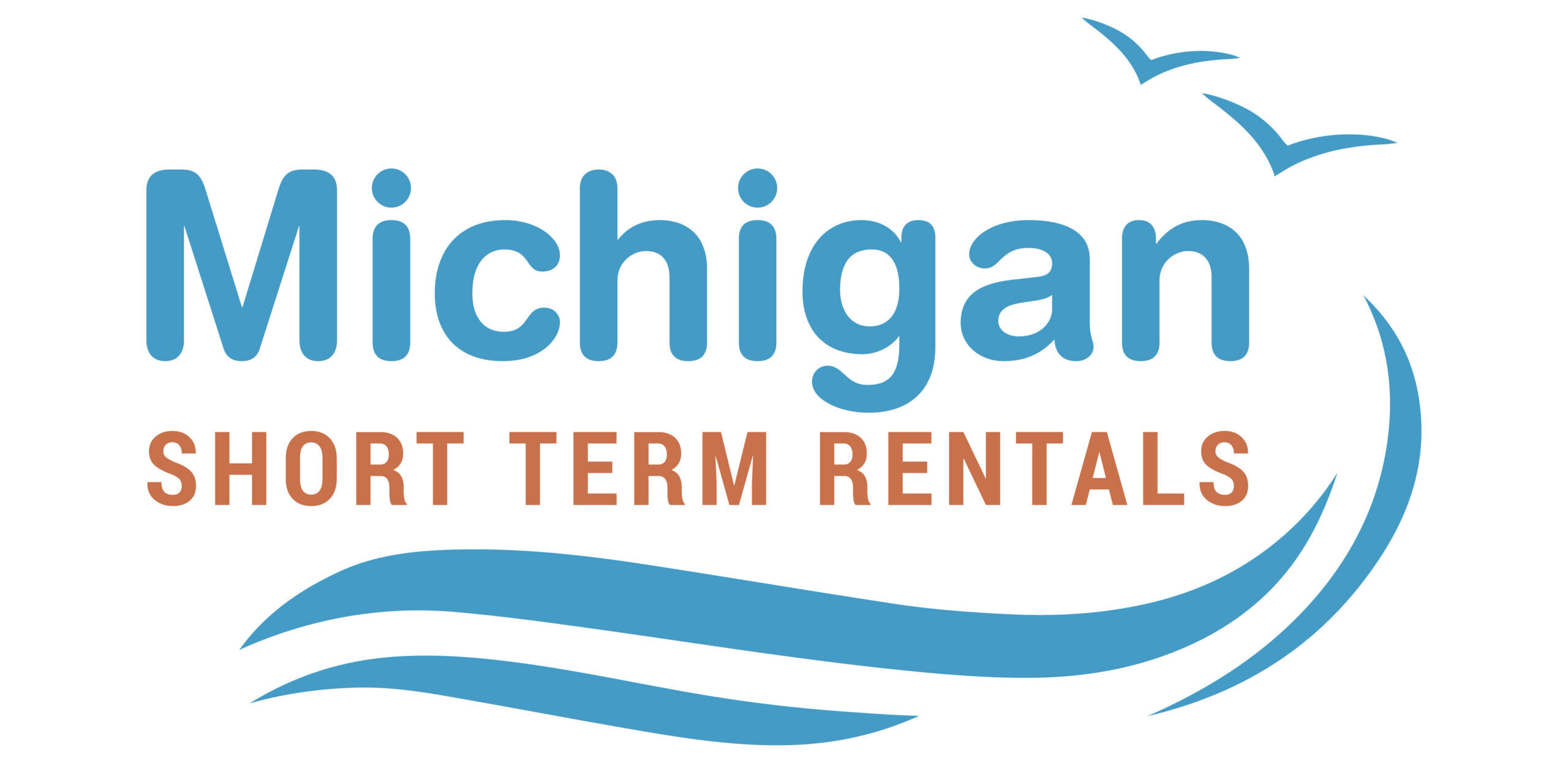Pillow protectors are an amazing tool that many short-term rental hosts swear by, yet some hosts don’t think about them when they are starting out.
What are Pillow Protectors

What exactly are pillow protectors, and how can they make life as a host easier for you and more comfortable and sanitary for your guests?
Pillow protectors comprise a layer between a pillow and a pillowcase that can serve numerous functions. Pillow protectors….
… keep pillows clean and extends the life of your pillows. You’ve probably noticed that your pillows begin to yellow over time. You can extend the time before that happens by using pillow protectors.
… provide protection from allergens, such as dust mites, in part by preventing your skin cells from getting into the pillow and feeding the little pests.
… block bedbugs.
… reduce bacteria spread.
… help control the temperature of pillows.
… block any odor associated with filling of the pillow (such as feathers)
… make changing pillowcases faster and easier.
Take a moment to think about how your short-term rental pillows are affected by a guest’s head sleeping on them.
They’re breathing.
They’re shedding skin cells.
They’re probably sweating.
They may be drooling.
They may have a runny nose.
They may sneeze or cough while sleeping.
They have hair and scalp oil even if they don’t have oily hair.
They may have dandruff. They may have a skin condition.
They may spill or excrete something on the pillow.
They may have creams or lotions on their skin.
If you are imagining all these substances seeping into pillows and thinking “yuck” at this point, you are not alone. Many hosts note that they are grossed out when they book with other hosts who don’t use pillow protectors.
Happily, pillow protectors are not very expensive.
Pillow protectors come in various styles and materials that support their functions. Some emphasize being nonallergenic, while others stress the waterproof factor. Some focus on comfort and “cushiness,” and still others emphasize noiselessness. More about these features later in this post. For our top 5 picks, we chose representatives of these varied functions.
5 Top Pillow Protectors for AirBNB
1. AllerEase Maximum Allergy Pillow Protector
No products found.
Sold in packs of either two or four and available in standard/queen or king sizes, AllerEase protectors are washable and known for their advanced allergy protection, breathable fabric, and noiselessness. These protectors are made from a combination of polyester and nylon.
Pros
- Inexpensive
- Lifetime limited warranty
- Antimicrobial fabric that wicks moisture
Cons
- Not waterproof
- Can’t be washed in hot water (warm only)
2. SureGuard Pillow Protectors Premium Zippered Cotton Terry Covers
No products found.
The cotton-terry material of which these protectors are made is a major attraction of these hypoallergenic protectors as they add to softness and comfort when slept on (with a pillowcase on top, of course), and they wick moisture. They come in packages of two in standard, queen, king, body pillow, toddler/travel, and European sizes. These protectors are washable.
Pros
- Waterproof via a plastic liner
- Bedbug-proof
- 10-year quality guarantee
Cons
- Higher price point than many protectors
- Some users have found them to be not very breathable
3. Niagara Sleep Solution Pillow Protectors
No products found.
These popular hypoallergenic pillow protectors are made from a cotton-sateen (polyester) blend and have a high thread count (400), good for protection against features poking through down pillows. The breathable fabric is touted as hotel quality. The protectors are sold in 2-packs or 4-packs, available in standard, queen, and king sizes. They are washable in warm water and stand up to many washings. Users praise the quality of the zippers.
Pros
- Inexpensive, with quantity discounts offered
- Sateen fabric adds comfort
- Non-noisy
Cons
- Not waterproof
- Some users find them a tight fit on their pillows
4. UltraBlock Ultra Plush Premium Waterproof Pillow Protector
No products found.
These protectors are sold in sets of 2 for standard, queen, king, and body-size pillows. They feature a unique polyurethane waterproof backing that uses micro-velour polyester fibers, which is more comfortable than terry cloth. The waterproof factor has been flood-tested with 100 gallons of water. The protectors are washable but have some restrictions, such as the caveat to wash in warm water only and with low heat in the dryer.
Pros
- Waterproof with micro-velour backing
- Noiseless
- Soft, luxurious, comfortable feel
Cons
- Higher price point than some protectors
- Some users feel the polyurethane backing used for waterproofing makes the pillow too stiff and not flexible
5. Utopia Bedding Waterproof Pillow Protector Zippered
No products found.
The 100% polyester knitted jersey Utopia pillow protectors come in packs of two in standard, queen, king, body pillow, and toddler sizes. PVC TPU coating on all sides makes the protectors waterproof.
Pros
- Come in colors other than white – black, grey, navy, purple, beige
- Knitted jersey makes protectors soft and comfortable
- Very inexpensive
Con
- Washable, but hand-washing is recommended
- Occasional tendency to trap air inside, causing balloon-like inflation
Features To Look for in a Pillow Protector
What features should you keep in mind when choosing the pillow protectors? Here are a few to consider:
- Material. Pillow protectors are made from a variety of materials, including polyester, cotton, bamboo, tencell lyocell, and waterproof materials, such as vinyl or nylon. Polyester is highly versatile and has few downsides. Cotton is cool and breathable but can trap dust mites. Cotton sateen is known for its comfortable feel against the skin. Choose materials that feel good to the skin and don’t tend to trap allergens.
- “Cushiness.” Some pillow protectors provide extra comfort through quilting or the use of terrycloth or velour-type material.
- Potential for Noise. Noise may seem like an odd consideration for pillow protectors, but some pillow-protector materials, such as vinyl, do make crinkly noises when slept on. Look for the designation “noiseless,” “silent,” or “non-noisy” in the product descriptions.
- Waterproof vs. Not. Waterproof protectors can be valuable for keeping sweat, other bodily fluids, and spills from damaging pillows, but hosts note that they are slippery to the degree that the pillowcase slides off. Some hosts suggest using a waterproof protector with a softer, more cushy protector over it. When a pillow protector makes noise, it’s usually the waterproofing element that causes the noise. Adding a second protector can mitigate the sound.
- Zippered vs. Elastic or Flap Closure. Most pillow protectors are zippered for good reason – to provide total protection – and are the best choice. Non-zipper closures are uncommon, however; most pillow protectors have zippers. It’s helpful to read reviews about zipper quality.
- Bedbug Protection: Bedbugs, of course, are one of the biggest nightmares hosts face. A legitimate bedbug infestation is difficult to get rid of and often a guarantee that the host will have to issue refunds to guests. Look for bedbug protection in product descriptions.
Can you wash pillow protectors?
Most pillow protectors are washable, but always check the product descriptions to be sure. Also check on limitations to how each brand can be washed; some hosts want the extra sanitizing protection of washing in hot water, but not all protectors can stand up to water that hot, nor very hot dryer heat. If you have double or even triple sets for each pillow, you can reduce laundry time during rapid turnovers. You still need to wash the set you took off the pillows, but you don’t have to rush to do so before the next guest arrives.
How often should you change pillow protectors?
While you might not change protectors as often in your own home, most hosts recommend changing protectors after every guest’s stay.
Check out the 7 Best Tools for Optimizing Your Airbnb
In closing
When you truly think about how the parade of guests sleeping in your short-term rental affects your pillows, you’ll realize those pillow protectors are a must, not only to prolong the life of your pillows but just as common courtesy to your guests.
Look for protectors that combine the best features noted here – comfort, protection from allergens, not noisy, and waterproofing (or use a combination of a very soft protector over a waterproof one).
Related: Luggage Racks for Short Term Rentals
